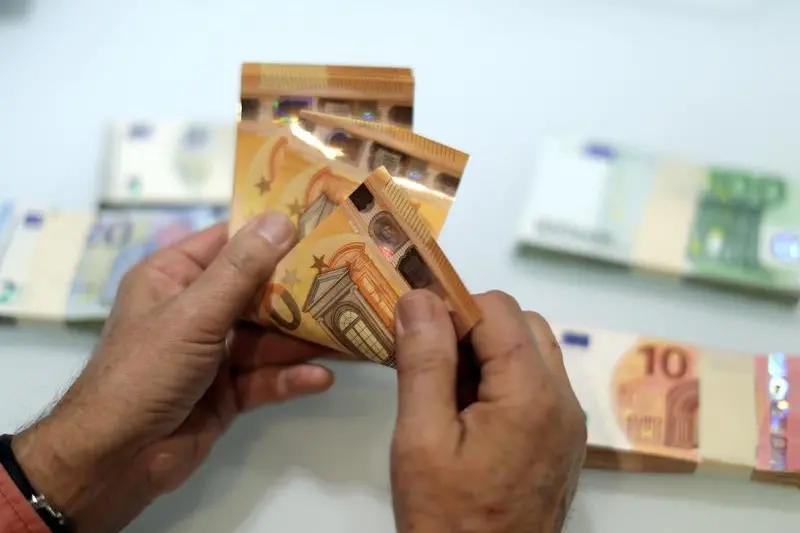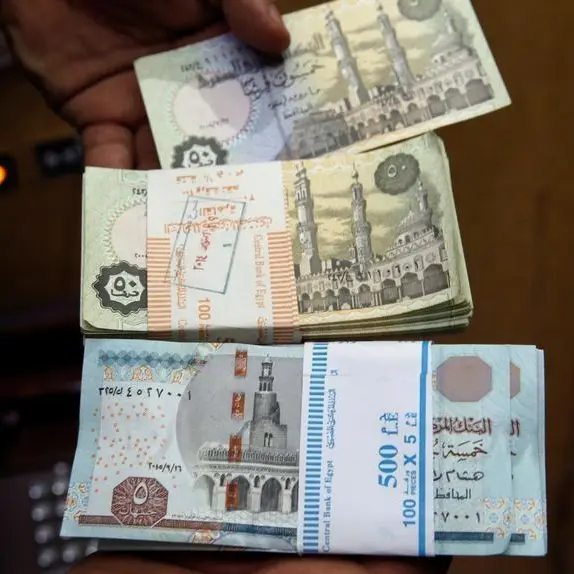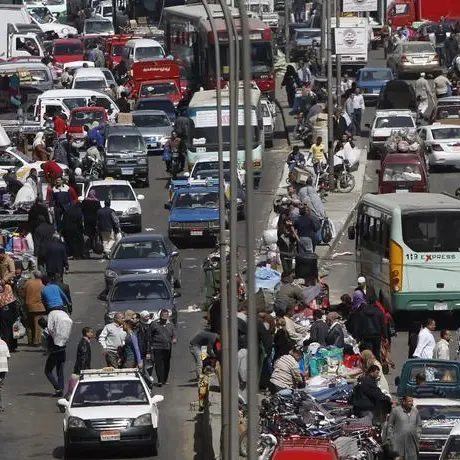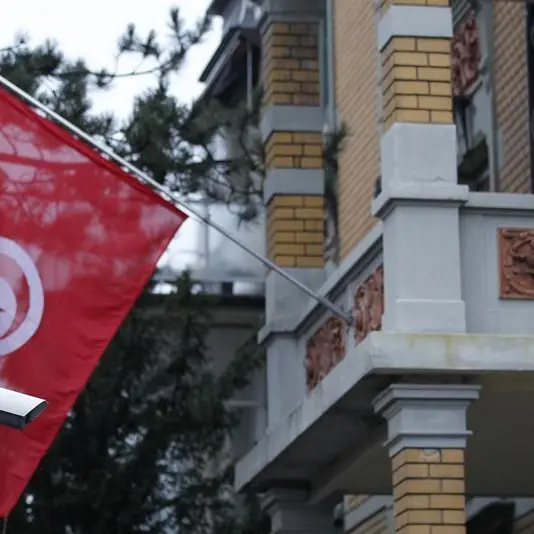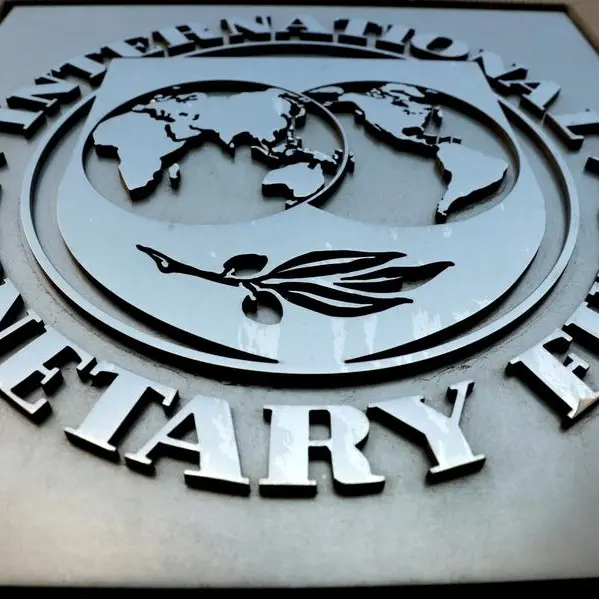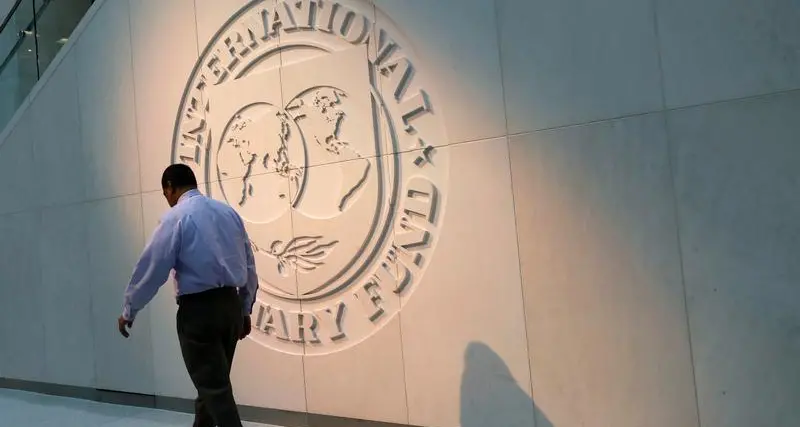PHOTO
LONDON - The euro zone’s latest reform drive leaves its crisis fault lines intact. After all-night talks, the single currency’s finance ministers on Tuesday morning agreed to make sovereign bailouts smoother and share the cost of winding down banks. Yet deep opposition to sharing debt burdens means the region remains ill-prepared for economic shocks.
The election of French President Emmanuel Macron in 2017 raised hopes for deeper integration. The latest agreement shows some progress. For the most part, though, the reforms are incremental. That will help the euro zone clear up after a crisis, but not prevent one.
Take sovereign debt. The Greek debt meltdown that started in 2009 showed euro zone governments could default. That left other indebted members struggling with higher funding costs. The latest reforms make it easier for governments to borrow from the European Stability Mechanism (ESM), the zone’s common bailout fund, without having to sign up for extra reforms. Yet at the same time, the ministers said official support should be a last resort. And plans to make it easier to restructure sovereign debt will make investors more nervous about future losses.
There’s also progress on banking. The euro zone has already set up a single regulator to oversee big banks, and a resolution board to wind them down. Now finance ministers have agreed to let the ESM lend to an industry-backed fund for winding down failing lenders. That makes it less likely that national governments will be on the hook when their banks get into trouble.
However, the euro zone has made little progress on the bigger issue of setting up a common deposit insurance scheme, or reducing banks’ exposure to sovereign debt. The toxic link between banks and governments remains intact.
Lastly, take fiscal policy. Macron wanted a common euro zone budget to help weaker members through a recession. Some sort of budget is slowly emerging, but it’s pretty fuzzy. And tools that would help smooth out regional differences, like a common unemployment scheme, now look unlikely to happen.
The euro zone remains at risk of economic shocks that end up threatening the whole project. With the European Central Bank dialling back its monetary stimulus, the single currency’s crisis fault lines may be exposed again.
CONTEXT NEWS
- Euro zone finance ministers on Dec. 3 agreed on changes to the single currency’s bailout fund and other tools in a bid to strengthen the bloc against future crisis.
- Ministers agreed to allow the European Stability Mechanism, the euro zone’s sovereign bailout fund, to act as a backstop to the single resolution fund, which is financed by the banking industry to help wind down failing lenders.
- Finance ministers also agreed on the use of so-called collective action clauses which make it easier for countries to restructure debt.
- The finance ministers were unable to agree on the need for a “stabilization function” – a pot of money to be used to help countries weather economic downturns – or a common unemployment insurance scheme. The ministers agreed that work on a euro zone budget to promote “competitiveness and convergence” can proceed.
- Finance ministers also said that more work was needed on a common European deposit insurance scheme before “political negotiations” could begin.
(Editing by Peter Thal Larsen and Bob Cervi)
© Reuters News 2018
